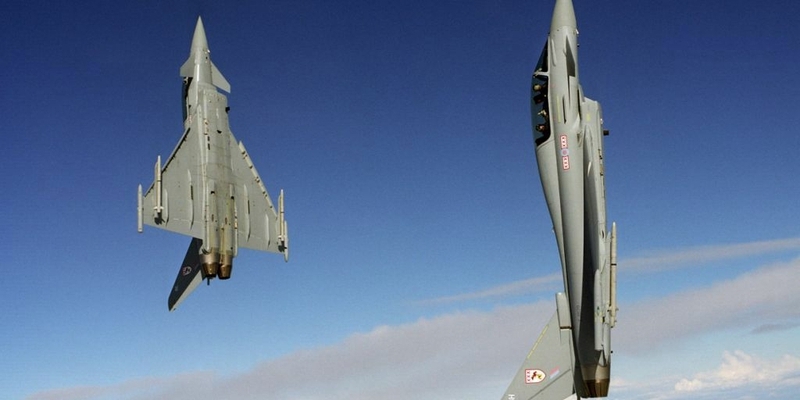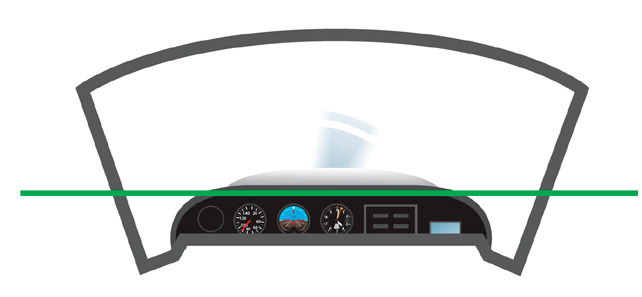After mastering ‘straight and level‘ flight, it’s time for the student pilot to learn how to climb as without this skill, they would be unable to take-off and hence would not be flying in the first place 😉 .
Climbing Attitude
In a Cessna 152, a full-out climb occurs at around 2400-2500 RPMs, an airspeed of circa 70 knots and, with the perspective (or attitude) of the horizon level with the top line of the instrument panels.
As the climb is performed, you must also apply some right-hand rudder to compensate for the ‘prop effects’ of the engine and, to avoid the aircraft naturally yawing to the left.
Entering and exiting the climb
To enter the climb, the pilot utilises the mnemonic ‘PAT’ (which describes Power, Attitude then Trim).
First of all, the mixture is set to rich and full power is applied ensuring the aircraft is balanced, then by pulling back on the control column, the climb attitude is adopted and, finally, when the climb is progressing at the appropriate airspeed (approximately 70 knots in a C152), the aircraft is trimmed to maintain the climb.
To exit the climb, the mnemonic ‘APT‘ (which describes Attitude, Power then Trim).
The pilot levels off through adoption of the ‘straight and level’ attitude initially then, adjusts the power for level flight (approximately 2200-2300 RPM in a C152) and finally, trims the aircraft for level flight once more.
Let’s look at the climb from an instructors perspective to conclude this session of theory. Phew 😉 !





















Pingback: Theory – Descending. What goes up must come down! | Step-by-step PPL